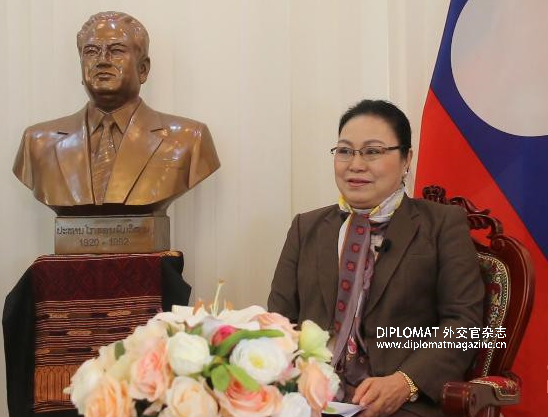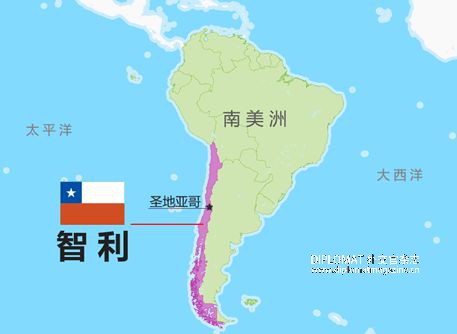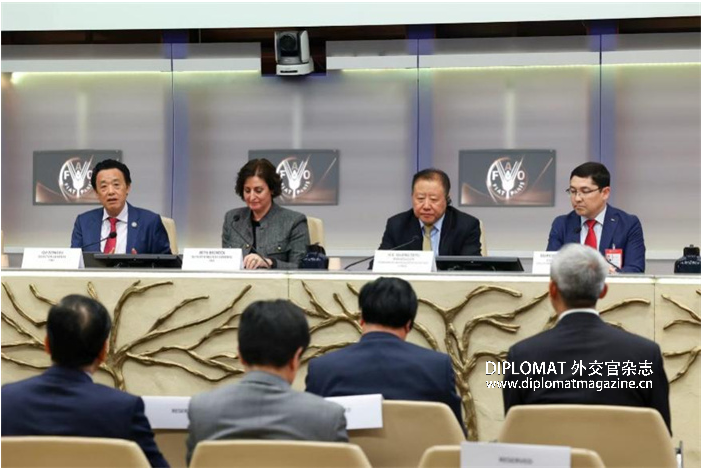导语:In the last 6-7 years, Uzbekistan has been paying special attention to developing a "green" economy, particularly "green" energy. Significant steps have been taken to increase the production of electricity based on renewable energy sources.Over the past 5-6 years,
In the last 6-7 years, Uzbekistan has been paying special attention to developing a "green" economy, particularly "green" energy. Significant steps have been taken to increase the production of electricity based on renewable energy sources.
Over the past 5-6 years, 38 agreements have been signed with international companies to build solar and wind power plants with a total capacity of 20,630 megawatts (7,630 megawatts for solar photovoltaic plants and 13,000 megawatts for wind power plants). To ensure the implementation of these projects, 29 decisions have been signed by the President of Uzbekistan.
Currently, projects are being implemented for 7 solar photovoltaic plants with a total capacity of 1,700 megawatts and 3 wind power plants with a total capacity of 900 megawatts.
These investment projects are being carried out by companies from Saudi Arabia ("ACWA Power"), the United Arab Emirates ("Masdar", "Tepelen Group AG", and "Solar Power Shine"), France ("Total Eren", "Voltalia"), and China ("Gezhouba Overseas Investment Group", "China Datang Overseas Investment", and "Universal Energy").
The total cost of these projects is about $21.121 billion USD, all of which is being carried out through direct foreign investment.
As a result of these efforts, nine solar and one wind power plant with a total capacity of 2.7 GW are now generating green energy in seven regions of Uzbekistan.
In August 2021, the first large-scale 100 MW solar photovoltaic plant was commissioned in the Karmana district of Navoi region.
In May 2022, the second 100 MW solar photovoltaic plant began operating in the Nurabad district of Samarkand region.
In December 2023, a 220 MW solar plant in the Gallaorol district of Jizzakh region and a 200 MW plant in the Karavulbazar district of Bukhara region are expected to start operating, followed by a 100 MW plant on May 2, 2024. Additionally, a 200 MW plant in the Nishon district of Kashkadarya region will begin operation in December 2023, with another 100 MW plant by May 2, 2024. A 457 MW solar plant in the Sherabad district of Surkhandarya region will also be operational by December 2023, and a 200 MW solar plant in the Yukori Chirchik district of Tashkent region is expected by May 2, 2024.
These green power plants have already generated 3 billion kWh of electricity.
As of August 30, 2024, solar and wind power plants in Uzbekistan had produced 3 billion kWh of electricity since the beginning of the year.
So far, solar photovoltaic plants have generated 2.6778 billion kWh, while wind power plants have generated 322.2 million kWh.
As a result: ➖ 983.3 million cubic meters of natural gas have been saved; ➖ 1.2911 million tons of harmful gases were prevented from entering the atmosphere.
The produced volume of electricity is enough to meet the social norm of energy consumption for 1.875 million households over 8 months or 1.25 million households for one year.
By the end of the year, it is expected that the electricity produced by these green power plants and new generation capacities will reach 5.740 billion kWh.
In 2024, 10 more solar and wind power plants with a total capacity of 2,600 megawatts will be commissioned in the regions of Tomdi (Navoi), Yukori Chirchik (Tashkent), Kashkadarya, Bukhara, and Namangan.
By 2025, seven solar and wind power plants with a total capacity of 3,150 megawatts will be operational in Karavulbazar, Peshku, Gijduvon, and Alot districts of Bukhara region. By 2030, nine wind power plants with a total capacity of 9,300 megawatts will be launched in the Republic of Karakalpakstan.
It should be noted that by 2026, the total capacity of solar and wind power plants in Uzbekistan will reach 5,000 megawatts, and by 2030, more than 18,000 megawatts.
Once these green projects are launched, the country will produce 50 billion kWh of electricity annually by 2030, which will save about 15 billion cubic meters of natural gas annually. Additionally, 21 million tons of harmful gases will be prevented from entering the atmosphere. This means that by 2030, 40% of Uzbekistan’s electricity production will come from renewable energy sources.
Since 2021, for the first time in Uzbekistan's history, the government has introduced a system where it purchases electricity produced by solar panels installed by households.
In July, 3,759 citizens who installed solar panels and sold excess electricity to the state received a total of 1.399 billion Uzbek soms.
From January to July this year, 4,986 individuals generated electricity from solar panels in their homes and sold 4.8159 million kWh of surplus energy to the regional electric grid companies.
At a rate of 1,000 soms per kWh, this amounted to 4.8159 billion Uzbek soms, which was transferred to the bank cards of these citizens via the "Soliq" mobile application of the State Tax Committee.
In July alone, 3,759 households that installed solar panels and sold their excess electricity to the government were paid 1.399 billion Uzbek soms. These subsidies are transferred monthly by the tax authorities to citizens' bank cards through the "Soliq" mobile app by the 25th day of the month following the reporting period (the July subsidy is paid by August 25).
A platform has been launched for individuals to purchase solar panels and solar water heaters online at https://energymarket.uz.
These devices can be purchased in two ways: either in installments over three years without interest (0%) or by paying in full, in which case consumers receive a state compensation depending on the power of the equipment.
Press service
Ministry of Energy of the Republic of Uzbekistan
















